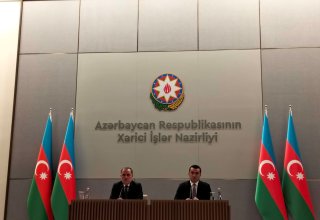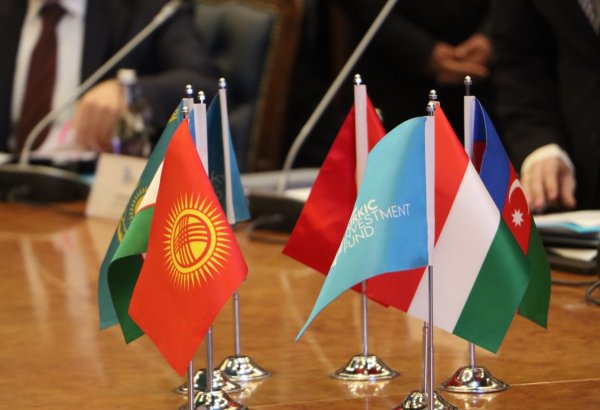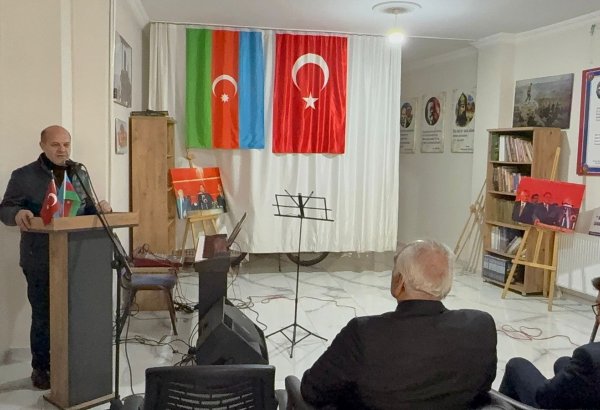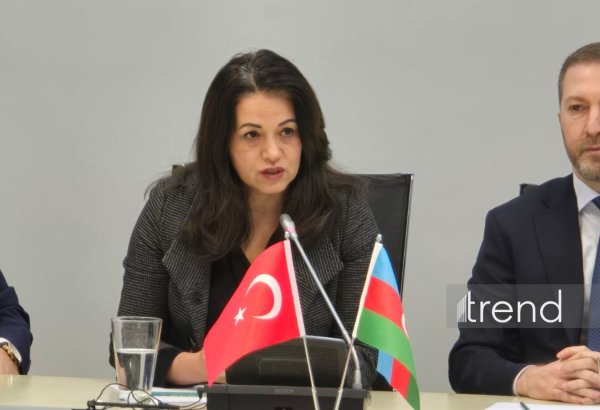BAKU. TurkicWorld :
A group of 190 researchers will create a comprehensive fault map through a two-year-long study by identifying and analyzing all active fault lines capable of generating moderate and large-scale earthquakes, announces the head of the Scientific and Technological Research Council of Türkiye (TÜBİTAK), reports TurkicWorld with the reference to Hurriyet Daily News.
"This research will provide insights into the frequency and magnitude of earthquakes on all active fault lines in Türkiye and assess earthquake risks. Accordingly, maps of cities, regions and industrial zones may need to be revised. This project is, in fact, a milestone for Türkiye and might serve as an exemplary model globally,” Hasan Mandal stated during a press conference in the capital Ankara on Nov. 2.
Emphasizing that all relevant institutions have come together for this project, Mandal noted the project, coordinated by TÜBİTAK, will be carried out in collaboration with the country’s Disaster and Emergency Management Presidency (AFAD), the General Directorate of Mineral Research and Exploration (MTA) and the Union of Turkish Municipalities.
In this project, 14 universities will take the lead, with 22 universities participating, Mandal said, citing that the 190 researchers will meticulously explore every corner of the country over the course of two years to identify fault lines capable of generating earthquakes with a magnitude of 5.5 or above.
Noting that research would be conducted on 128 fault segments in the country, Mandal pointed out that as AFAD is responsible for earthquake resilience and risk reduction processes, this data will be highly valuable to the disaster agency.
Stressing their goal to complete this process swiftly and within the planned time, Mandal expressed that this research would enable simultaneous evaluation of highly challenging parameters in terms of the country’s geographic features.
He noted that the initial fieldwork began on Nov. 1, with trenches being dug to study the fault lines.
"These studies are simultaneously taking place all over Türkiye. Trenches are dug in those regions to investigate how often these earthquakes occur. Therefore, this research will provide scientific data on when the next earthquake might occur, how large it may be, and what its geometry will be.”
“Hence, I believe this study will serve as a model for many countries living in earthquake-prone regions,” Mandal added.
Türkiye, mostly situated in a seismic zone, frequently experiences earthquakes that resulted in casualties and serious damage.
The twin earthquakes that occurred in the country’s south in early February claimed the lives of more than 50,000 people and caused grave destruction in the cities.























